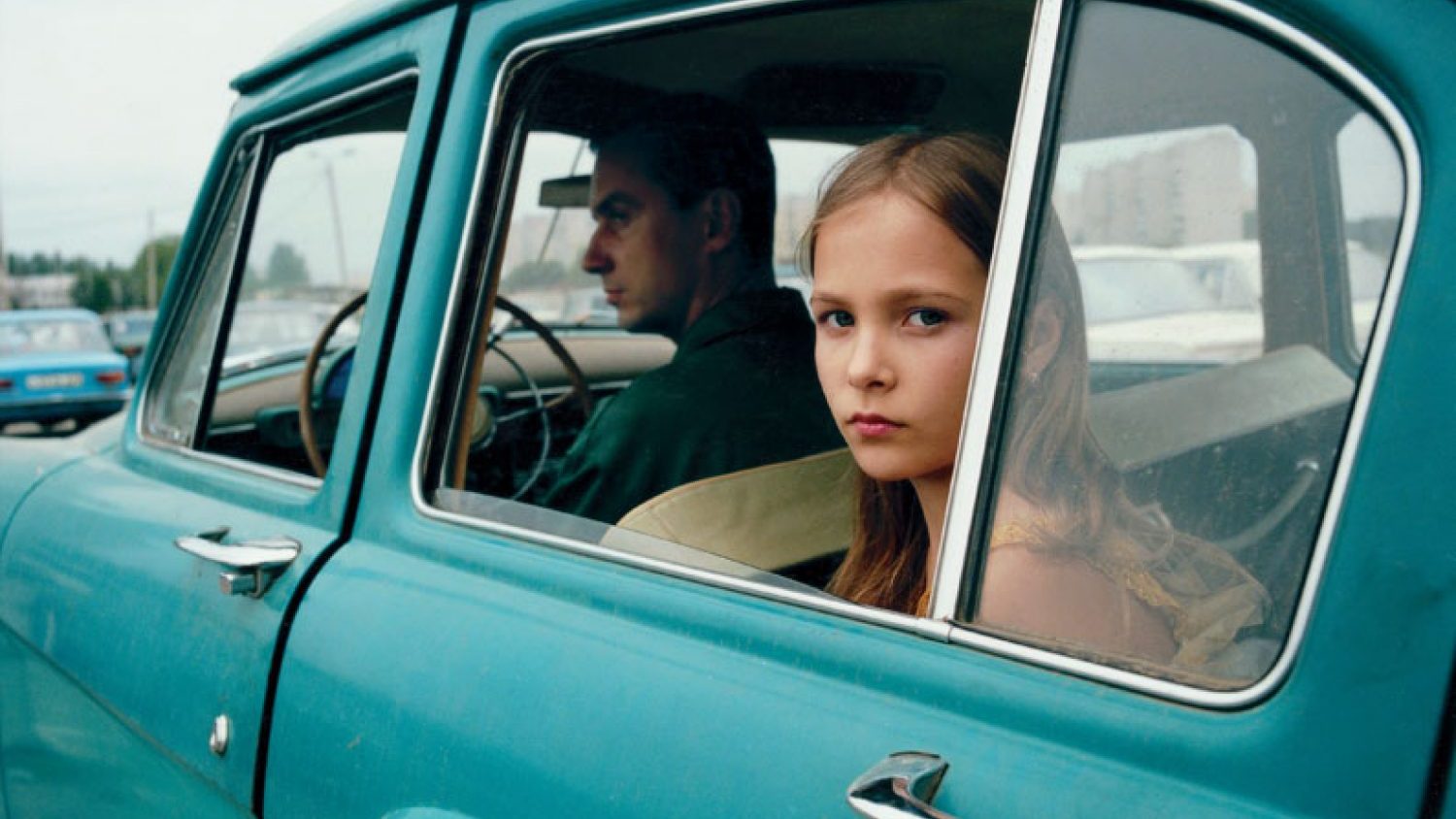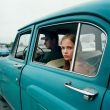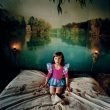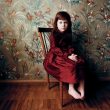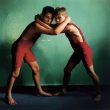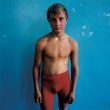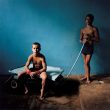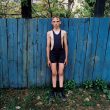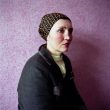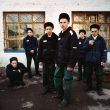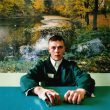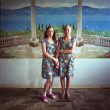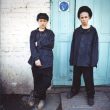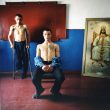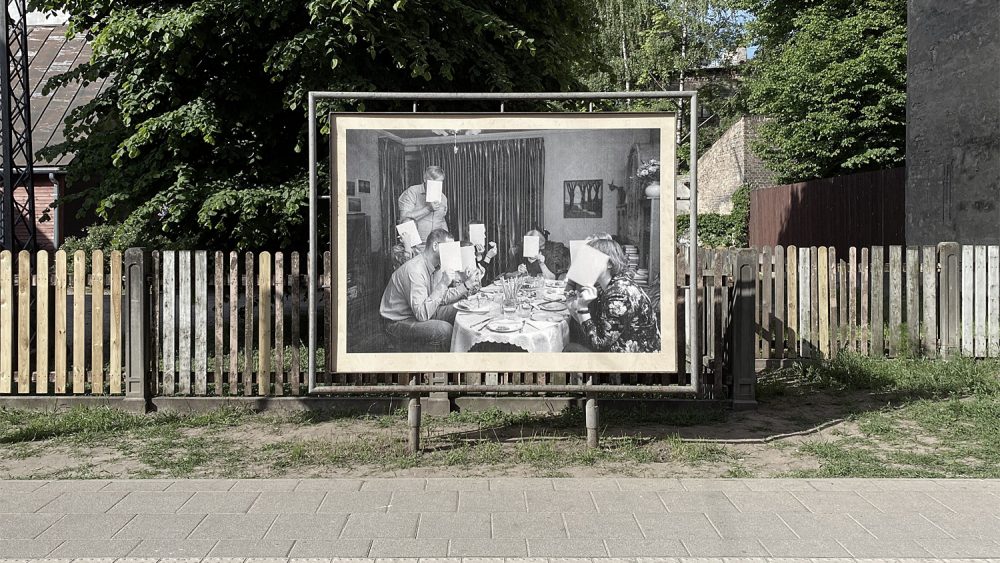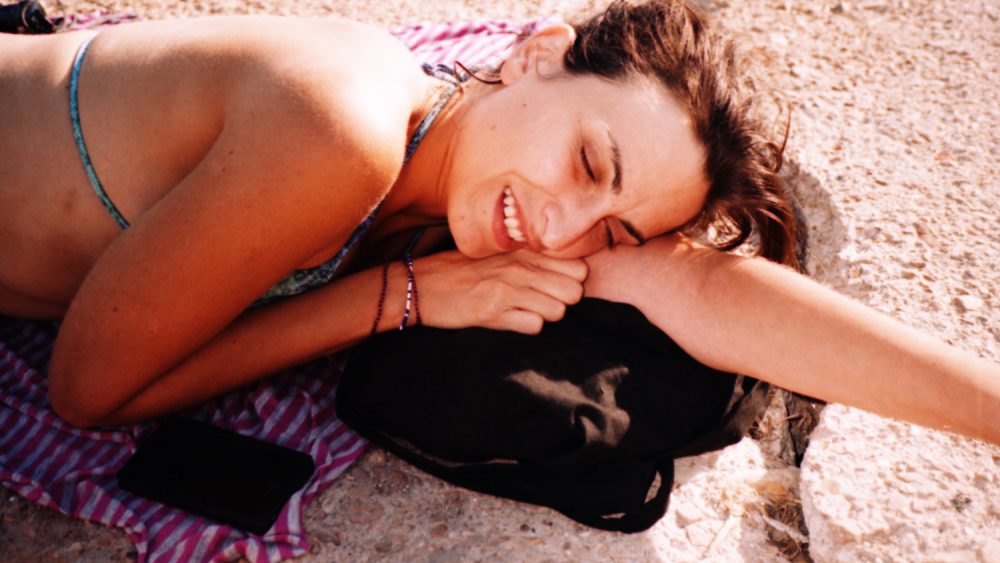Michal Chelbin
Michal Chelbin (1974) is an Israeli photographer who has been living in New York since 2006. She has photographed protractedly in Easter Europe. Her interest in photography is related to portrait and the reflection of contrasts through it. Chelbin’s stories of circus performers Strangely Familiar are moments where the sitters, taken away from their usual surroundings, open themselves up on a personal level which becomes familiar to everyone. Strangely Familiar is a territory for a game between imagination and reality. The Black Eye continues the quest in the world of performers, athletes and contrasts. This series portraits boys who are fighting physically and emotionally – for their manhood, recognition, against pain and fatigue. The latest series Locked portrays the prisoners.
Michal Chelbin is represented by Andrea Meislin Gallery in New York. Her series are published by Aperture and Twin Palms Press.
What interests you in photography? Why did you choose this medium?
My interest in photography started at the age of 15, when I joined the photography department in a high school for the arts. No one from my family had any skills or ambitions in the fine art, but I was immediately drawn to it, especially to photography. After high school, like everyone in Israel, I did my military service. I served as a photographer in the Spokesman unit for 2 years, although I remember already then I wanted to direct my subjects and I didn’t settle for just shooting it in a documentary manner and watching from the side. I wanted to create my own image. After the army I briefly worked as a news photographer in Israel, and hated every minute of it. I couldn’t photograph people in their grief, crying in hospitals or in court rooms. Besides, I was always late and eventually got fired…. I enrolled in the Photo Department of the Wizo Academy of Design in Haifa, where I studied for four years. It gave me the framework to start working on my own personal projects which I still continue doing today.
What determined your choice to photograph mostly in Ukraine and Russia?
I am not sure that this is the reason for my interest in Eastern Europe, but my father was born in Ukraine. He was 2 years old when the World War 2 started and he and my grandmother spent the war hiding in farms across Eastern Europe. They moved to Israel when the war ended and he has no memories from there and I grew up in Israel. Something that might have evoked my interest was remembering seeing very old black-and-white family portraits, with the rest of that family that were murdered in the war, and that my grandmother refused to ever talk about them. I think part of why I am drawn to people from the former Soviet Union is because they are full of contradictions, tough on the outside but warm on the inside. They are very determined and disciplined, especially the children, which makes the work of the photographer a bit easier. I think that sometimes their faces remind me of dark northern fairytales, like in the films of Bergman.
What can a portrait tell?
My images take the form of portraits and focus on visual contrasts. I find people to be the perfect subjects for me to investigate as they possess contrasting qualities that seemingly cannot co-exist in them as humans. I like it when a photograph leaves a taste of mystery or has some riddles, so that not everything is solved in the image. In other words, I prefer an image that presents more questions than answers. For me, the image is like a gate to thousand possible stories, some appealing and some troubling. People often ask me about my interpretation to my photographs, since the images can be read in different, sometimes contradicting ways. My answer is that I honestly don’t know, and my opinion doesn’t really matter.
Your latest series Locked has been shot in prisons. Where did the interest come from?
I try to focus on people who have what I refer to as a legendary quality about them – a mix between odd and ordinary. I search for faces and eyes who express the complexities of life and for a gaze that transcends from the private to the common. Three years ago, while visiting the Ukraine, I passed along a high brick wall. Next to it stood two men. Our eyes met and I can still remember their eyes today – they expressed this mesmerizing human blend of fear and cruelty. I was later told this was a men’s prison and from that moment I wanted to see what was inside.
Please, share a memorable story which has come alive through photography!
The photograph Alicia, Ukraine, 2005 was almost never shot. I first photographed this image in a Sunday market at 6 or 7am with a different car and and a man inside the car. When I finished, we realized we had a problem with the camera but we didn’t know when exactly during the shoot it started. But at that moment, the man and the car had already gone so I decided I will do it again the next day, but of course it had to be with a different car, a different man and in a completely different location. At that moment it was very disappointing but now I am happy about it cause I like the second version much more. So I guess sometimes, after all the preparations you do for a photograph: the staging, the casting, the lighting and all the small but important decisions you take, at the end “happy accidents” are all you need…
